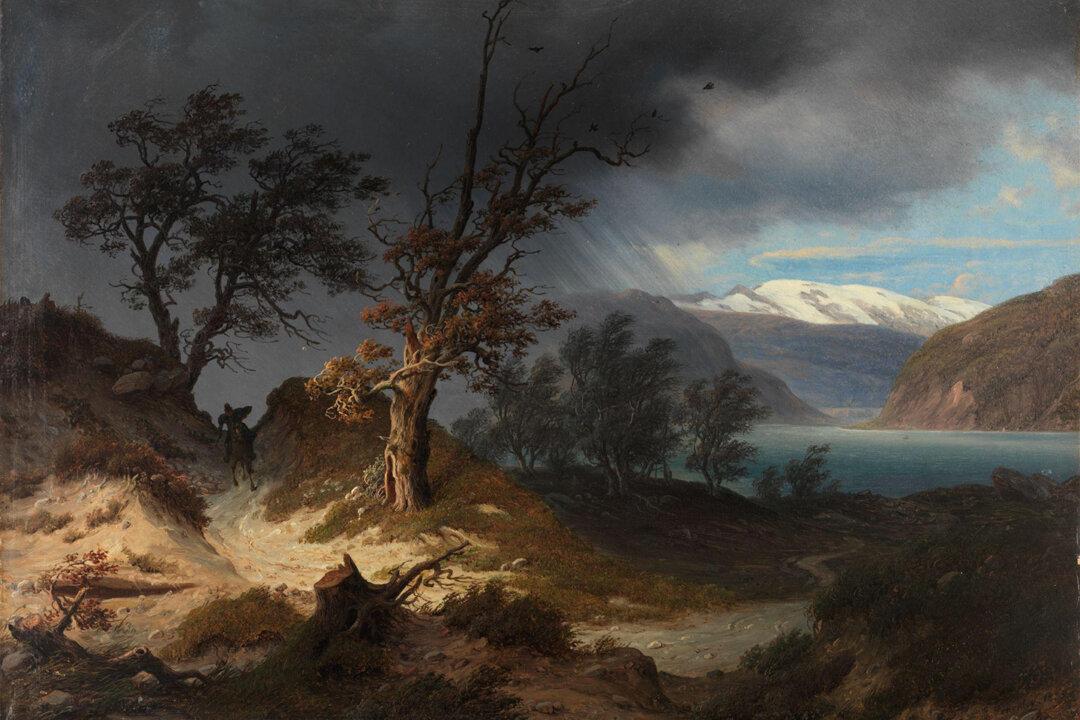A thunderstorm descended upon the southeastern coastal town of Kronoback, Sweden, in the spring of 1885 as poet and preacher Carl Boberg made his way home from church one warm afternoon. Although he was temporarily caught in the rain, by the time he reached his house, the rolling storm had already moved on. His office faced the town’s sprawling bay, and he opened the windows to let in the smell of fresh rain mixed with the calm breeze. Church bells rang softly in the distance, and the glow of sunlight reflected off the water as birds chirped and took flight.
As Boberg was also a member of the Swedish Parliament, his penchant for writing poetry and preaching the gospel came in handy more than his diplomatic skills in this particular instance. Inspired by the understated grandeur of the moment, he fused nature’s beauty with God’s word and wrote the poem “O Store Gud.”





